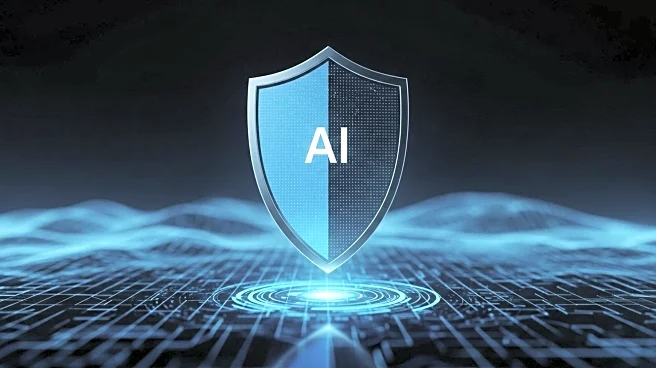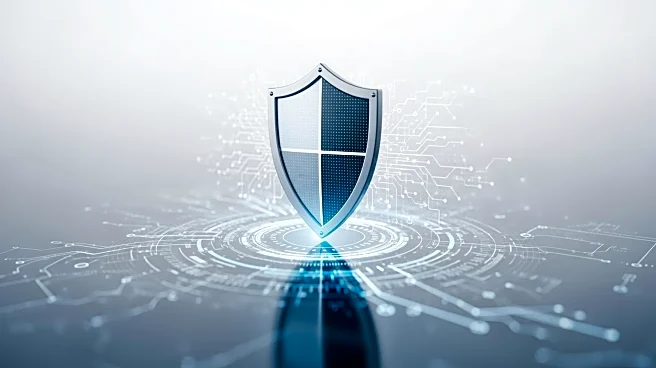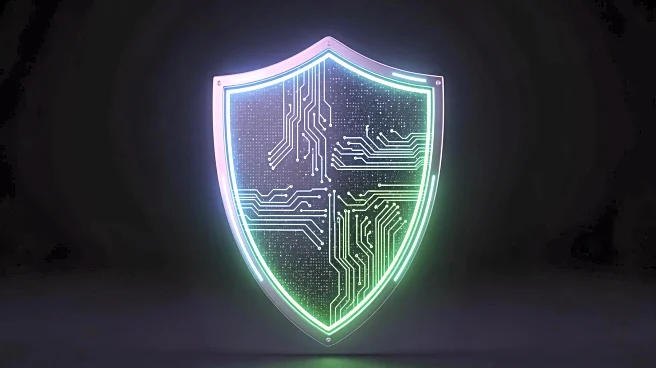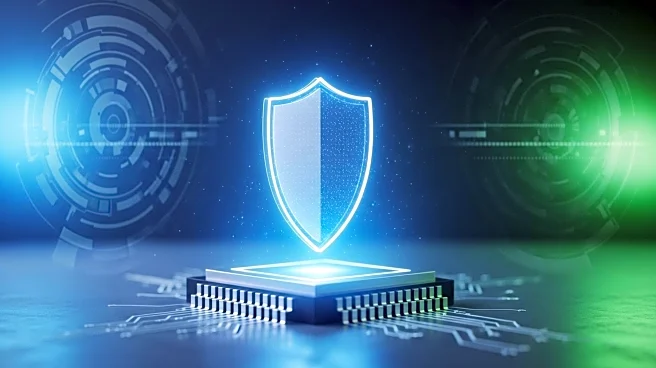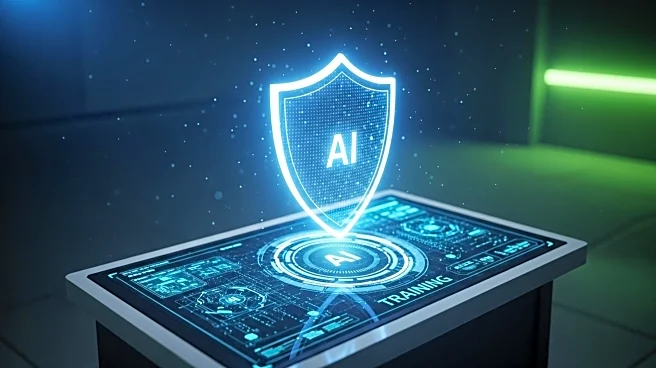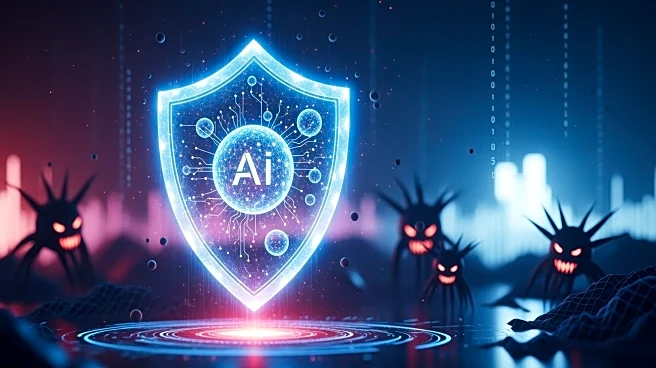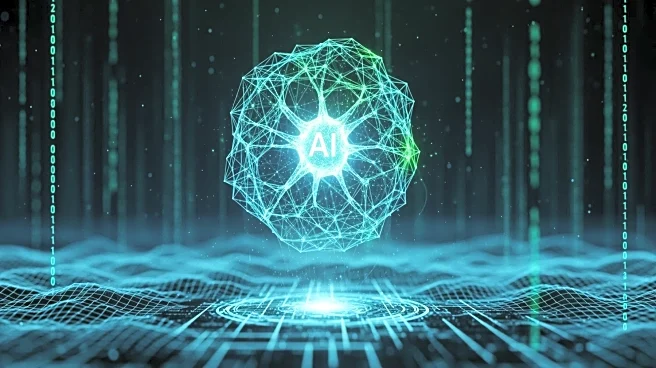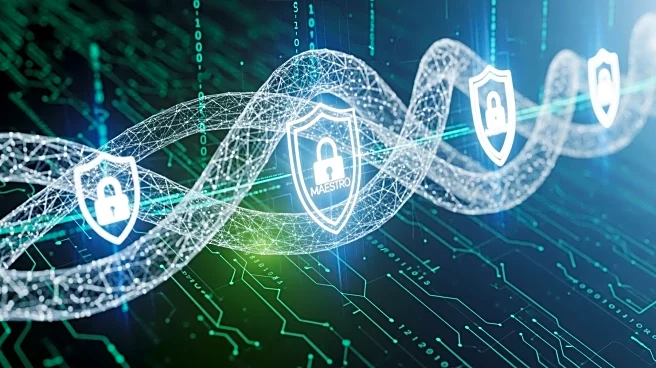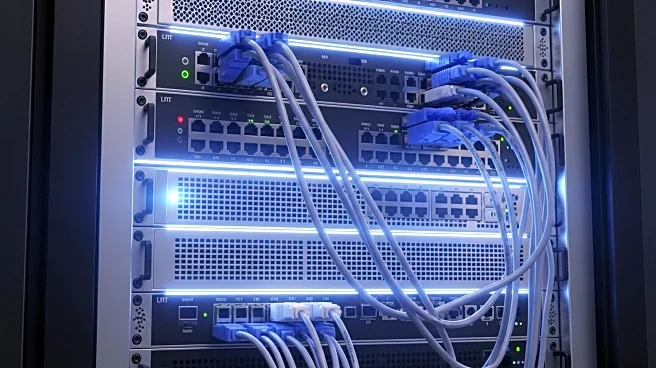What is the story about?
What's Happening?
Cybersecurity professionals are increasingly concerned about the evolving threat landscape, particularly the rise of AI-powered threats. A survey conducted by DarkTrace involving over 1,500 cybersecurity experts worldwide revealed that 74% view AI-driven threats as a significant challenge, with 90% anticipating substantial impacts within the next one to two years. Traditional defensive models, which rely on outdated training environments, are proving inadequate against these dynamic threats. Experts are advocating for a shift towards Continuous Threat Exposure Management (CTEM), a discipline that emphasizes daily threat-informed practices and operational resilience. This approach involves real-time breach simulations and atomic, context-aware exercises targeting specific techniques relevant to an organization's threat landscape.
Why It's Important?
The shift towards CTEM is crucial as it addresses the limitations of legacy training models, which often fail to simulate the complexity and unpredictability of modern cyber threats. By embedding CTEM into daily practices, organizations can develop enduring security reflexes and improve their ability to detect and respond to threats in real-time. This transformation is essential for building resilient, cross-functional teams capable of adapting to the fast-paced changes in the cybersecurity landscape. As AI continues to play a significant role in both offensive and defensive strategies, organizations that adopt CTEM will be better positioned to anticipate, adapt, and cultivate resilience against evolving threats.
What's Next?
Organizations are expected to integrate CTEM into their security protocols, focusing on real-world intelligence and continuous collaboration between red and blue teams. This involves breaking down silos and engaging in cyber incident simulations to enhance readiness. The role of AI in cybersecurity training will also expand, with AI-driven personalization becoming standard in professional development. This will align learner needs with relevant simulations and modules, helping to fill skill gaps and improve overall security posture. As organizations embrace CTEM as a daily discipline, they will be better equipped to respond to incidents swiftly and effectively.
Beyond the Headlines
The adoption of CTEM represents a cultural and strategic shift in cybersecurity practices. It requires organizations to move beyond compliance-driven models and embrace a proactive approach to threat management. This transformation not only enhances security capabilities but also fosters a culture of continuous learning and adaptation. As AI continues to evolve, the ethical implications of its use in cybersecurity training will need to be carefully considered, ensuring that it complements human expertise rather than replacing it.
AI Generated Content
Do you find this article useful?
